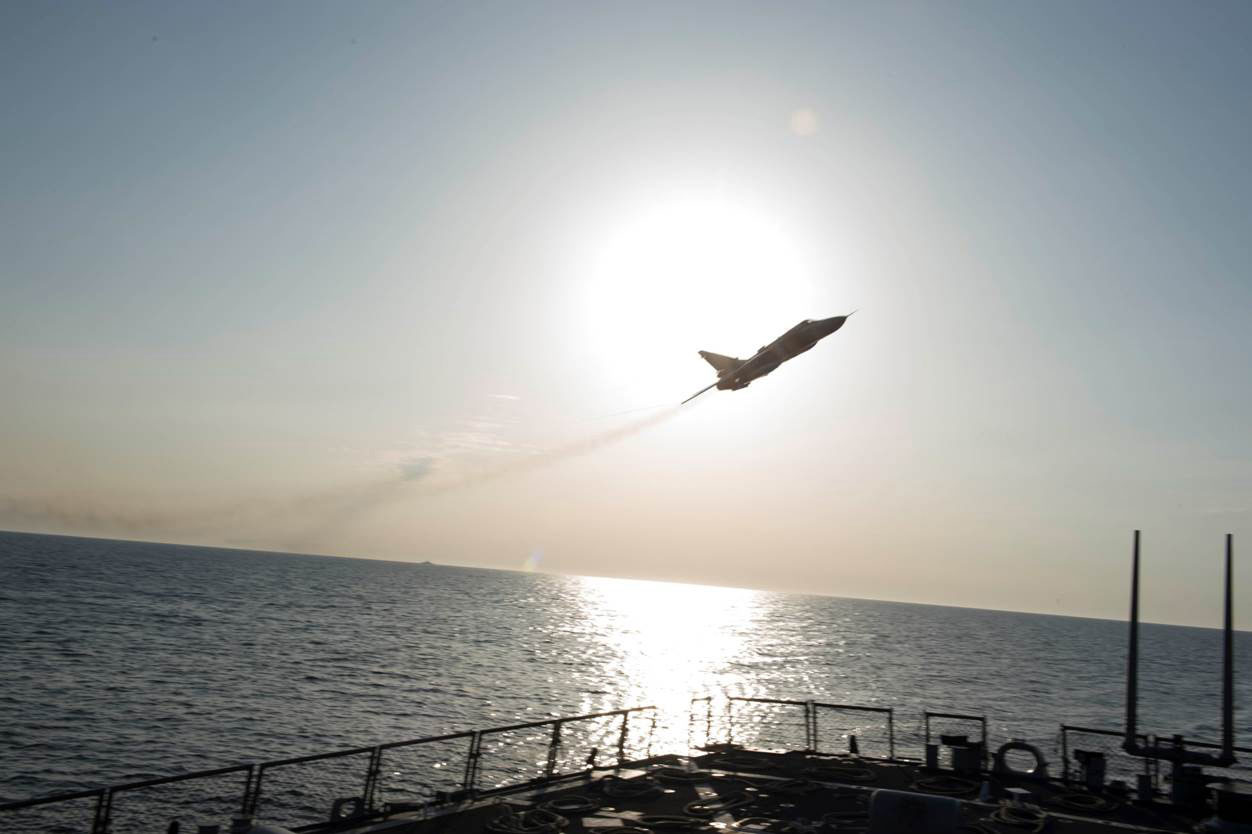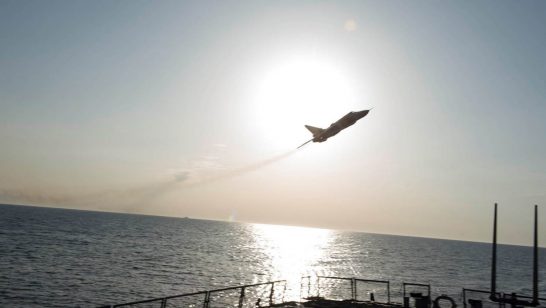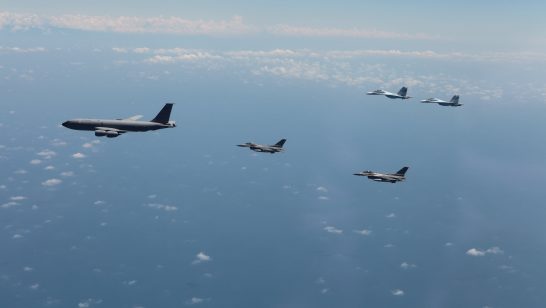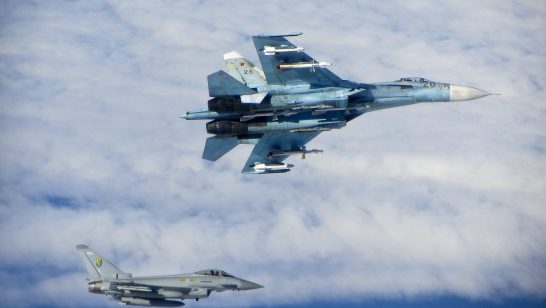
As the post-2014 Russia-West confrontation becomes ever more entrenched, military encounters between NATO member states, NATO partners, and the Russian Federation have become commonplace. Such encounters take place on land, at sea, in the air, and in cyberspace. Geographically they range from the High North, down through the Baltic and Black Seas, to the Mediterranean and Syria, and along the coasts of North America and the Russian Far East.
Whilst many of these incidents are routine and pass without remark, a minority continue to show dangerous characteristics, risking loss of life and corresponding increase of tensions. The complexity of the environments in which many of these incidents take place only increases the risks of miscalculation and unintended escalation.
A recent example includes the 29 January 2018 interception of a US reconnaissance aircraft by a Russian fighter over the Black Sea, on occasion approaching to within five feet (1.5m). Following the incident, a US naval command declared that “The smallest lapse of focus or error in airmanship by the intercepting aircrew can have disastrous consequences. There is no margin for error”.
The European Leadership Network (ELN) has been monitoring these developments since mid-2014, making numerous interventions both to raise awareness of the danger that these encounters represent and to suggest policies through which this danger might be mitigated. This policy brief evaluates developments particularly since our last report in November 2016, examining the efforts made to better manage military incidents and improve safety, and to some degree predictability, along the NATO-Russia border.
The report goes on to make the following policy recommendations that can be implemented in the short term, building on the considerable progress made thus far.
- Russia should reconsider using aggressive intercepts as a form of area denial. This practise is self-defeating, raising the risk of accident or miscalculation and thus escalation. Such escalation will in all likelihood increase the level of military activity close to Russia’s borders, rather than limiting it. Furthermore, such Russian behaviour risks undermining the progress on air safety achieved thus far and it feeds a perception that Western engagement with Russia on air incidents is a concession that garners nothing in return. A termination of the current process, typified by the Expert Group on Baltic Sea Air Safety, would damage Russian security just as much as it would the West’s.
- Regional states should reconsider the sharing of military primary radar data with civilian air traffic control. The sharing of primary radar data ensures that air traffic control can continue to monitor the trajectory of those military flights that do not transpond their position, thus allowing them to warn civilian pilots accordingly. Combined with increased awareness of civilian-military encounter procedures, this would dramatically reduce the risk of an aerial collision. Whilst security concerns over sharing such data with civilians are valid, the example of the United Kingdom’s combined air picture shows that such concerns can be mitigated.
- Those Euro-Atlantic states that have not done so should publish their principles of due regard. The publication of the principles adhered to by national militaries when in close proximity to civilian aircraft is a valuable transparency measure, allowing civilian pilots to adjust their behaviour accordingly. Those states engaged in the BSPT process have made considerable progress in this regard, with the most militarily significant states already having published these principles. The implementation of this voluntary measure by other regional states would be a further net security gain and a public commitment to predictability and air safety.
- EU member states should consider harmonising civilian-military coordination procedures for air traffic control at the EU level. In February 2018 the European Aviation Safety Agency (EASA) suggested that EU member states should consider a harmonised information sharing agreement to rapidly disseminate data on aircraft flying without transponding their position, coordinated at the EU level. Such a mechanism would further improve air safety in the Baltic Sea and should be considered by policy makers.
- The Baltic Sea Project Team (BSPT) expert group format should be exported to the Black Sea. Whilst the success of the BSPT is unlikely to be emulated in full in the Black Sea region due to the latter’s unique geopolitical circumstances, the formation of a depoliticised regional expert forum would be a valuable confidence building measure.
- The Expert Group on Baltic Sea Air Safety should conduct a study of the Syria deconfliction agreement, examining aspects that may be applied elsewhere. The Syria agreement has proven remarkably successful in extremely difficult and fast-moving circumstances. The bedrock provisions of this agreement, near constant telephone communication and flexibility in the seniority of the points of contact, may prove of use in developing mechanisms to reduce friction at periods of high military activity, such as around large military exercises.
- The ongoing OSCE capabilities mapping exercise should be expanded in order to review existing incident prevention mechanisms. This mapping exercise, a part of the OSCE’s Structured Dialogue, should be expanded to include a systematic review of existing incident prevention agreements among all OSCE participating states, possibly with some input from the OSCE Asian Partners for Co-operation that have similar agreements in the Asia-Pacific region. Such a review should go beyond agreements such as INCSEAs and DMAs to account for military hotlines and more localised communication mechanisms. Such an overview would provide a framework within which to review the modern validity of explicitly OSCE mechanisms, such as the Vienna Document’s Chapter III. This may in turn help to overcome the present stalemate over their modernisation.
The opinions articulated above also do not necessarily reflect the position of the European Leadership Network or any of its members. The ELN’s aim is to encourage debates that will help develop Europe’s capacity to address pressing foreign, defence, and security challenges.




